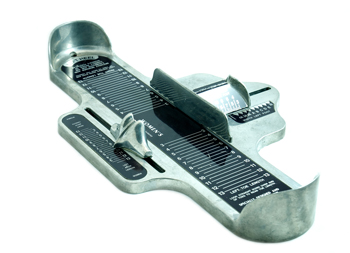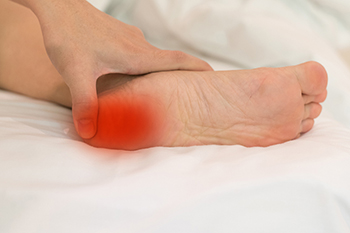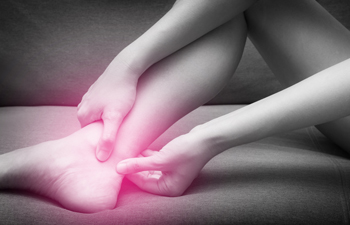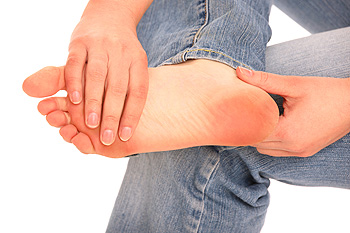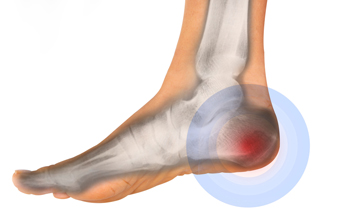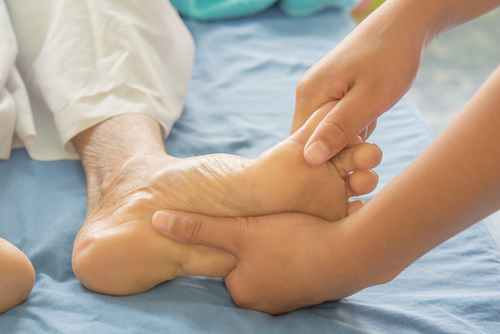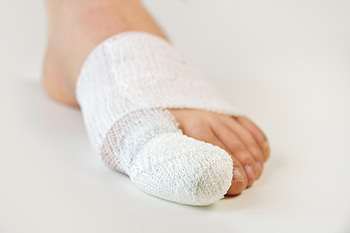
Broken toes can be painful. There are 28 bones in the foot and 19 of them are toe bones. A toe fracture is a break in a toe bone. Toe fractures can either be traumatic or stress fractures. Traumatic toe fractures, also called acute fractures, are caused by a direct blow or impact, like badly stubbing a toe. These can be displaced, where the toe is broken in such a way that it changes position, or nondisplaced. When one has a traumatic toe fracture, there may be a sound when it breaks, the pain is typically at the site of impact, there may be a crooked or abnormal appearance to the toe, and it generally swells and bruises the next day. A stress fracture is a tiny, hairline break usually caused by repetitive stress to the toe. Athletes are often victims of toe stress fractures. They can be caused by an abnormal foot structure, osteoporosis, or improper footwear. These fractures cause pain with or after normal activity, pain at the site of the break when touched, and swelling but no bruising. Both types of toe fractures should be seen by a podiatrist who will provide a proper diagnosis and treatment.
Broken toes may cause a lot of pain and should be treated as soon as possible. If you have any concerns about your feet, contact one of our podiatrists from InStride Family Foot Care. Our doctors will treat your foot and ankle needs.
What Is a Broken Toe?
A broken toe occurs when one or more of the toe bones of the foot are broken after an injury. Injuries such as stubbing your toe or dropping a heavy object on it may cause a toe fracture.
Symptoms of a Broken Toe
- Swelling
- Pain (with/without wearing shoes)
- Stiffness
- Nail Injury
Although the injured toe should be monitored daily, it is especially important to have a podiatrist look at your toe if you have severe symptoms. Some of these symptoms include worsening or new pain that is not relieved with medication, sores, redness, or open wounds near the toe.
If you have any questions, please feel free to contact our offices located in Concord, Charlotte, and Salisbury, NC . We offer the newest diagnostic and treatment technologies for all your foot care needs.
